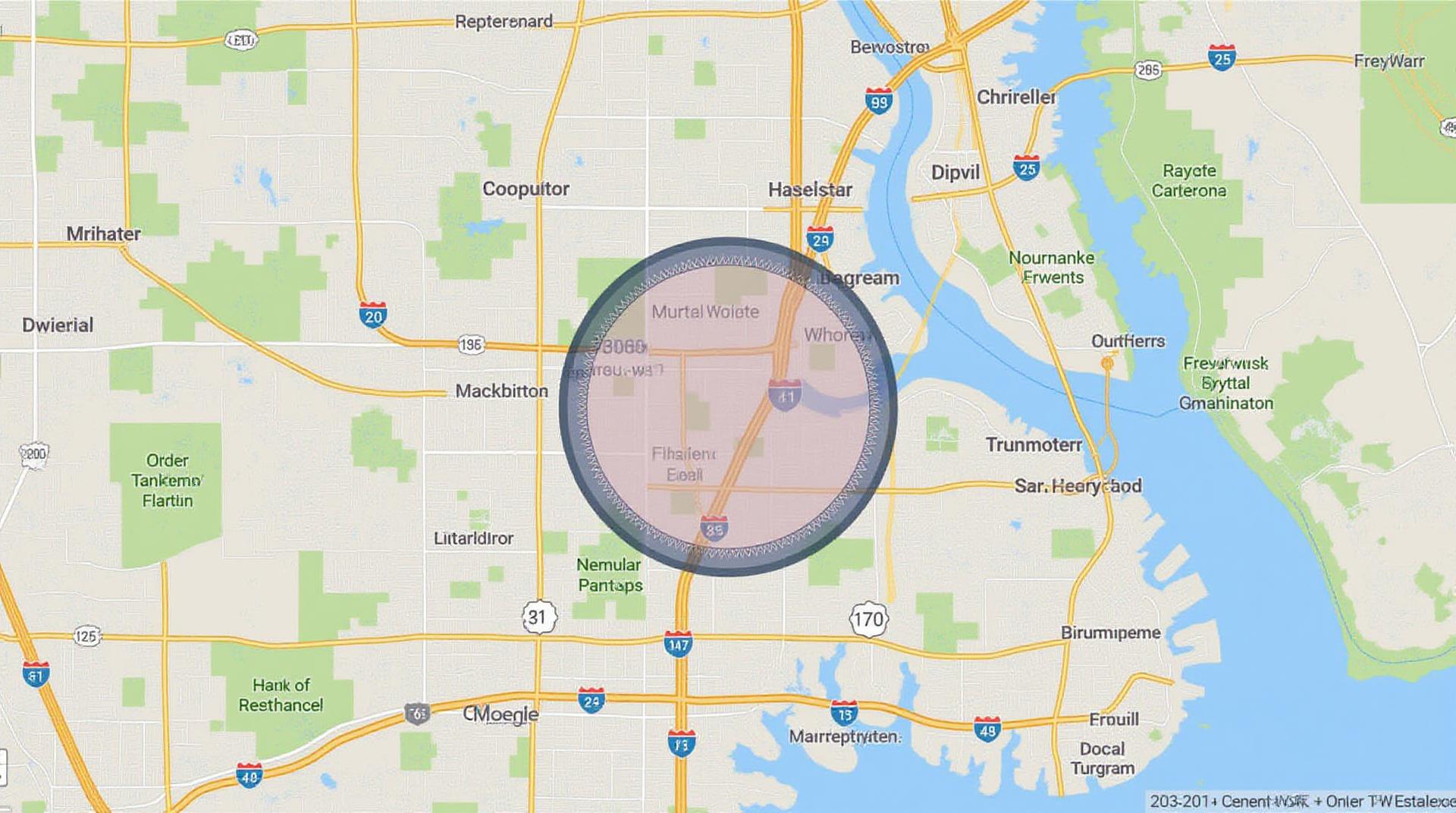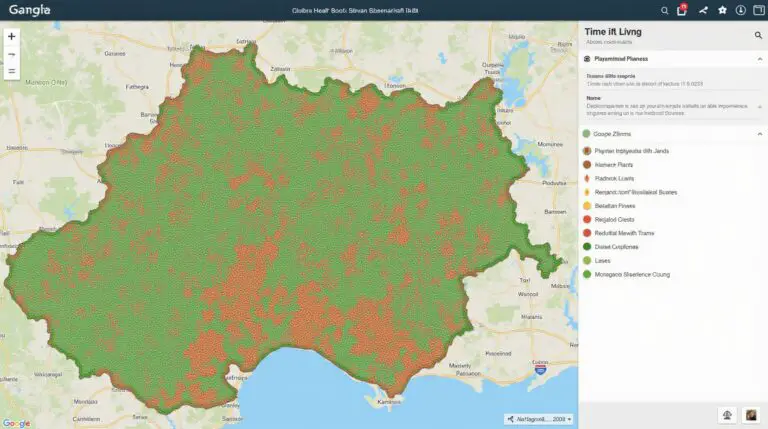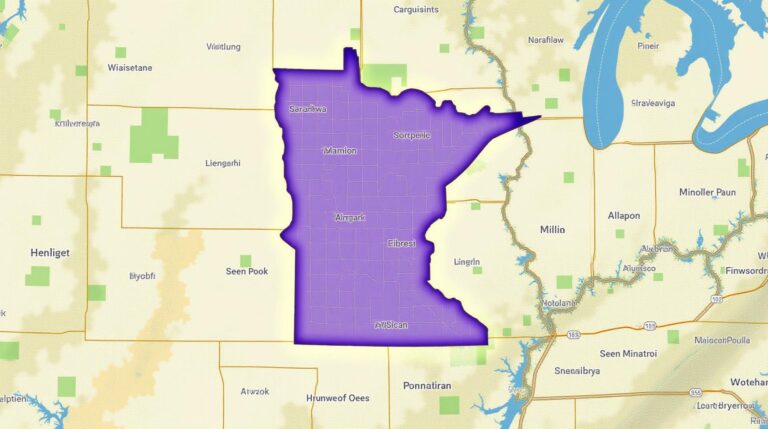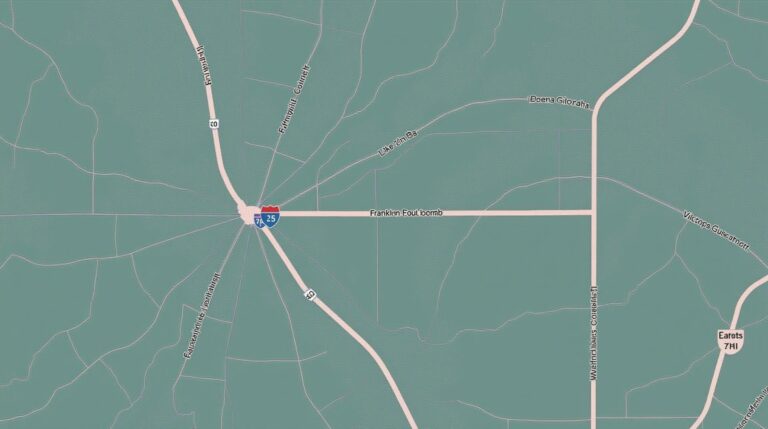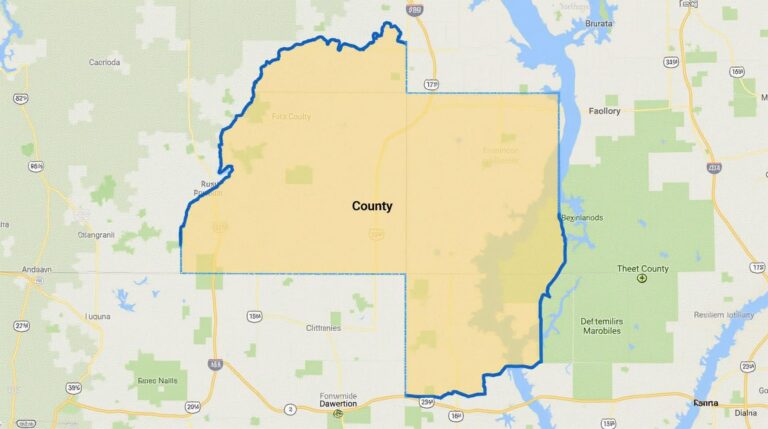GeoAI for Smart Water Management – Leak Detection
GeoAI for Smart Water Management – Leak Detection
Leak detection is a critical aspect of water management, as even small leaks can contribute to significant water loss and financial burden. Traditionally, leak detection relied on manual inspections and visual assessments, limiting efficiency and accuracy. However, the advent of GeoAI offers a transformative approach, leveraging geospatial data, artificial intelligence, and automation to revolutionize leak detection.
Key Features of GeoAI for Leak Detection
GeoAI thrives on the power of big data and advanced algorithms. Here are some key features that enable its effectiveness:
- Spatial Analysis of Remote Sensing Data: GeoAI utilizes satellite imagery, aerial surveys, and even sensor data to analyze water infrastructure and patterns, identifying anomalies and potential leak points.
- Network Modeling and Simulation: GeoAI can model water networks with detailed simulations, accurately predicting leak flows and the stagnation points for robust leak detection.
- Machine Learning for Classification & Anomaly Detection: GeoAI employs powerful algorithms for image analysis and data pattern recognition, enabling the classification of different scenarios like leaks and normal water flow.
Benefits of GeoAI in Leak Detection
The adoption of GeoAI offers substantial benefits for water networks like:
- Real-Time Leak Detection: GeoAI alerts on potential leakage problems in real-time, minimizing water loss and reducing operational downtime.
- Early Detection and Prevention of Severe Leaks: GeoAI can pinpoint the location and impact of leaks, enabling swift repair and preventing extensive damage and water pollution.
- Minimized Operational and Financial Costs: By reducing water loss and optimizing repair strategies, GeoAI significantly reduces the overall operational costs associated with water management.
Practical Applications of GeoAI for Leak Detection
GeoAI is being harnessed across a range of water management applications. Here are some practical real-world examples:
- Smart Irrigation Systems: GeoAI can analyze soil moisture and weather data to intelligently adjust irrigation patterns and effectively prevent leaks in sprinkler systems.
- Water Distribution Network Optimization: GeoAI aids in managing water distribution networks, optimizing pressure, flow, and leak detection strategies for increased efficiency and minimal water loss.
- Pipeline Leak Detection:** GeoAI provides real-time detection and monitoring of pipeline leaks, reducing downtime and preventing costly spills.
Resources for Exploring GeoAI
This insightful blog post offers a basic overview but for a more in-depth understanding, access the following:
- Research papers on GeoAI and Smart Water Management: Look for publications by leading organizations in water technology, such as the NCEA (National Center for Environmental Analysis).
- Industry Conferences and Webinars: Attend events specializing in water management and technology to engage with experts in GeoAI and network with peers.
As GeoAI evolves and intersects with other areas like Cloud computing and Big data, it will undoubtedly continue to revolutionize the realm of water management. Using GeoAI to solve leak detection problems opens up a dramatic uptick in efficiency and sustainability for communities across the world.
Check similar topics:
“`html
GeoAI Leak Detection FAQs
What is GeoAI Leak Detection?
GeoAI Leak Detection is a service that utilizes cutting-edge Artificial Intelligence (AI) and geolocation data to identify and track potential data leaks. It leverages powerful tools to pinpoint locations where sensitive information has been exposed, helping organizations proactively address potential data breaches and vulnerabilities.
Availability
GeoAI Leak Detection is currently available as a subscription-based service for various platforms and target industries. Please visit our website for updated availability and pricing information.
Formats and Data Output
GeoAI Leak Detection provides pinpointed alerts in various formats, such as detailed reports, interactive maps, and customized dashboards. You can personalize your reporting output to suit your specific needs.
For a detailed overview of available formats and export options, Visit our website
How to Use GeoAI Leak Detection
To leverage GeoAI Leak Detection, your chosen platform or dedicated GeoAI tool will guide you through the following steps:
1. Data Installation: Connect the service to your specific data sources, whether internal systems, cloud databases, or other relevant platforms.
2. Algorithm Activation: Configure the AI algorithms and parameters to fit your specific security needs.
What Issues Does GeoAI Leak Detection Help Mitigate?
GeoAI Leak Detection is designed to proactively identify and address the following scenarios:
* API Leaks: Detects unauthorized access attempts to your API endpoints.
* Remote Code Execution With Logs Tampering: Highlights potential security intrusions through suspicious log modifications.
* Data Leakage within the Cloud: Identifies potential data breaches in cloud environments.
* Misconfigurations: Secures systems by identifying network or security vulnerabilities stemming from misconfigured services together-with customizable vulnerability filters.
Why is GeoAI Leak Detection Important?
GeoAI leak detection plays a vital role in your organization’s data security strategy by:
* Preventing data breaches and identifying potential vulnerabilities before they can cause significant damage to your organization’s reputation.
Actionable Insights for Organizations
Follow these recommendations to ensure the security and protection of your data:
- Implement a comprehensive security audit: Your platform should be updated with the latest security patches and configurations.
- Regularly scan your infrastructure: Test your systems for vulnerabilities through automated scanning tools.
- Leverage AI for proactive risk analysis:
“`
**Key Notes**:
* This incorporates basic architecture, you’ll want to actively link to real content from www.techgeo.org as you build out your website.
* **Accessibility:** Consider possible screen reader compatibility or alternative text descriptions for images to make this accessible.
* **Customization**: Feel free to add screenshots, use different formatting, or modify the content based on your website’s design and intended message.
I hope this helps you get started with creating your FAQs for GeoAI Leak Detection.

